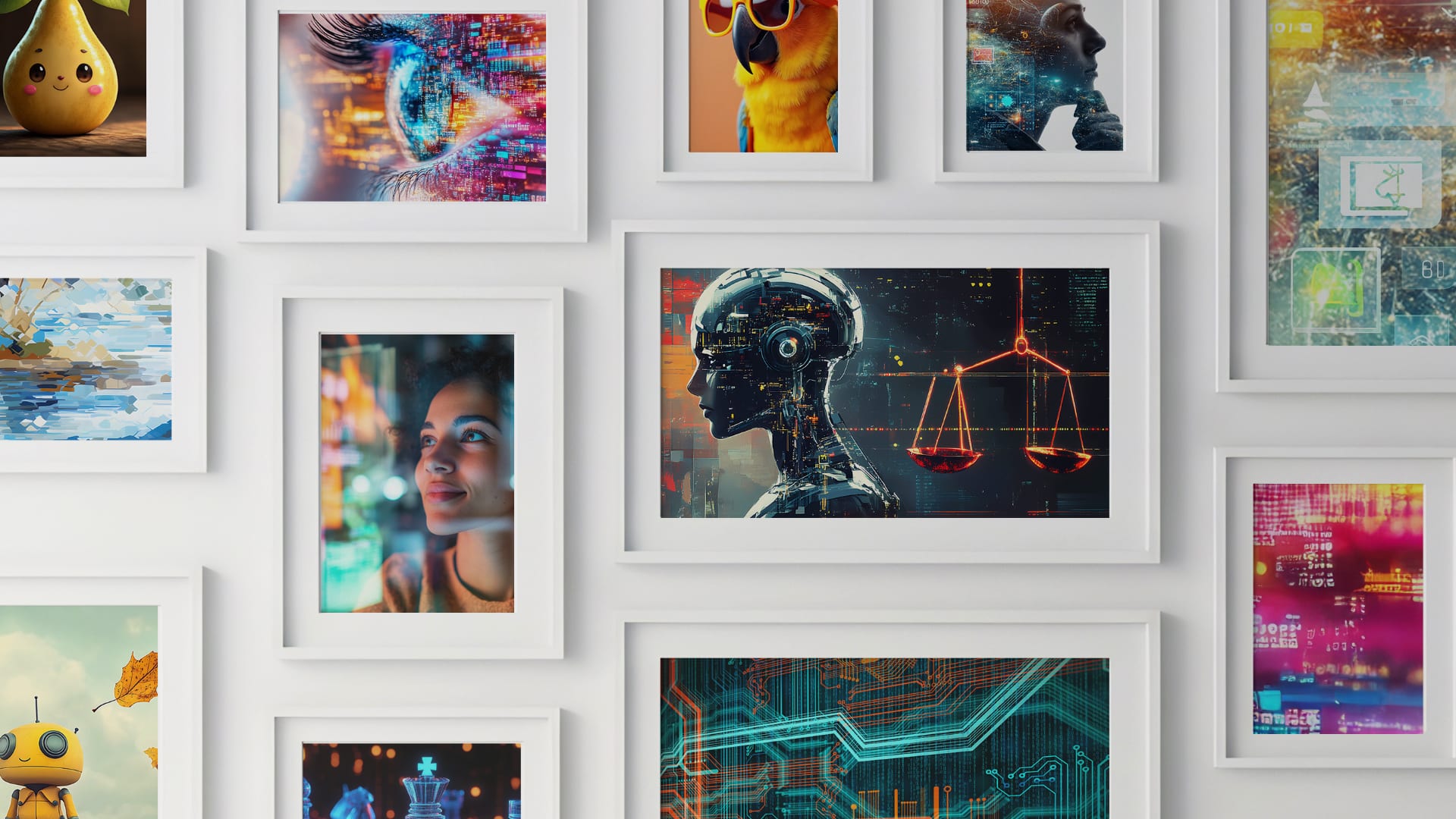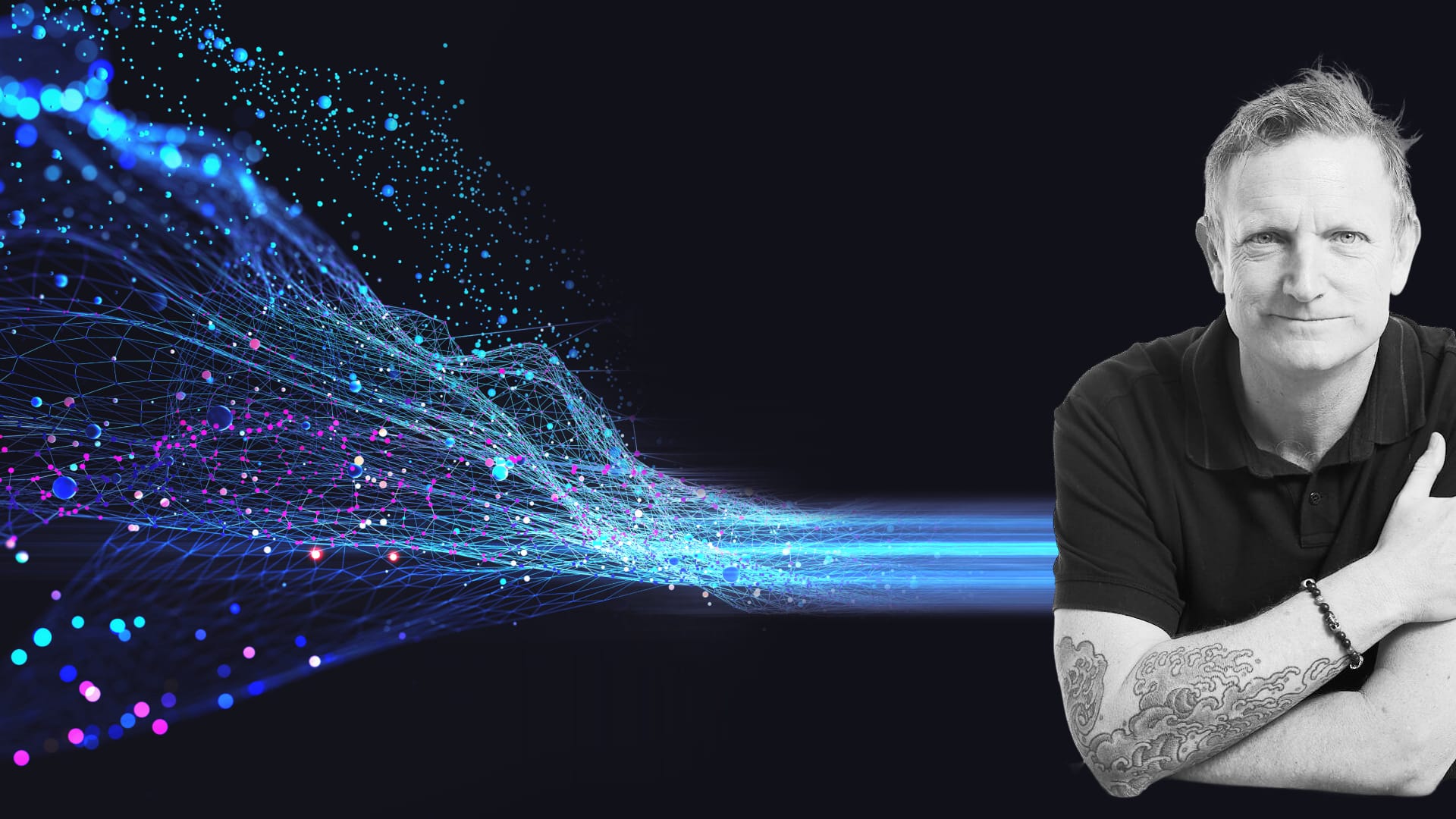While they may be the priority experts in their brand and how it comes to life for the consumer, Marketers don’t always consider themselves as innovation drivers. But with their unique outlook, they can play a critical role in unlocking business innovation.
At Mod Op, our brand strategy starts with the “irresistible truth.” That’s the nugget crystallized at the heart of the brand. The fundamental and immutable truth that consumers find not only relatable and valuable, but irresistible. And when marketers understand the unforgettable truth of their brand, they start moving down the road to unforgettable innovation.
The power of being with your customer, understanding their journey, and circling points of tension is huge. Innovative marketers should be focused on developing frameworks that help the business locate points of friction, pull in insights about the causes and potential solutions, and test methods to reduce that friction. Marketers are uniquely positioned to do this because they already understand how the brand comes to life for consumers and where those critical moments of connection—or disconnection—occur.
If you want to be successful in fulfilling your brand’s vision and mission, you need to lean into innovation and, for marketing teams, that typically begins with accelerating productivity. While marketers aren’t the only professionals using AI tools like ChatGPT, they need to deliver marketplace differentiation. This requires looking beyond simple tools like AI assistants to develop advanced solutions that connect with consumers in entirely new ways.
Building the Incentive and the Willingness to Innovate
While AI is useful for improving workflow processes, its most impactful application is unlocking fundamental changes in how marketing teams operate. This clears the path for businesses to explore customer-facing innovations that solve existing consumer problems in completely new ways.
Let’s consider the famous case of Blockbuster and Netflix and how the incentive and willingness to innovate, or the lack thereof, determined the fate of these businesses. Blockbuster’s vision extended beyond renting videos; they aimed to be the global leader in rentable home entertainment. When Netflix entered the DVD market, Blockbuster was confident they could leverage their store network to compete. They even passed on acquiring Netflix early on because they planned to partner with Enron and launch their own streaming platform. When Enron went bankrupt, Blockbuster was still growing their brick-and-mortar business and never again prioritized building a streaming platform.
Netflix, however, focused on consumers who found the brick-and-mortar experience inconvenient. Taking a trip to the store, choosing from limited available inventory, returning videos by specific deadlines, and paying late fees created friction points for consumers. Netflix understood that customers would gravitate toward a competitor that met them on their own terms, in their own time, and in their own homes.
When Delivering Value Means Changing the Business’s Functionality
Staying true to customer value and recognizing where that value occurs is essential to innovation even when, as with Blockbuster, the business is financially growing, or the innovation itself requires changing or sacrificing core functionality. For example, will Google’s AI-enabled search function reduce search revenue, the company’s primary revenue driver? It remains to be seen, but Google has bet that innovation will pay long-term dividends.
As AI adoption accelerates, marketers are collaborating more closely with finance, IT, engineering, and other teams across the business. Mod Op’s approach begins with using AI to remove internal friction, then applies it to go-to-market strategy while gathering customer feedback. Throughout this process, internal resistance to change is common. People often view the time required for innovation as a threat to their deadlines and short-term market agility. To address this challenge, Mod Op developed its Audience Lab for internal testing and iteration, enabled by synthetic audiences (digital twinning) for market research and concept testing.
The bigger vision for the business is not functional, but foundational. Marketers can take this opportunity, and their core expertise, and take an active role in inspiring the business to think of itself not as a maker of product, but as a platform of value. By understanding and responding to friction points along the path to purchase, marketers can deliver value earlier in the funnel.
When committed to improving the consumer experience, marketers have the power to transform their marketplace experience and access into comprehensive business solutions.
The Latest
We study the game as hard as we play it.
Learn with us what’s now and next.




